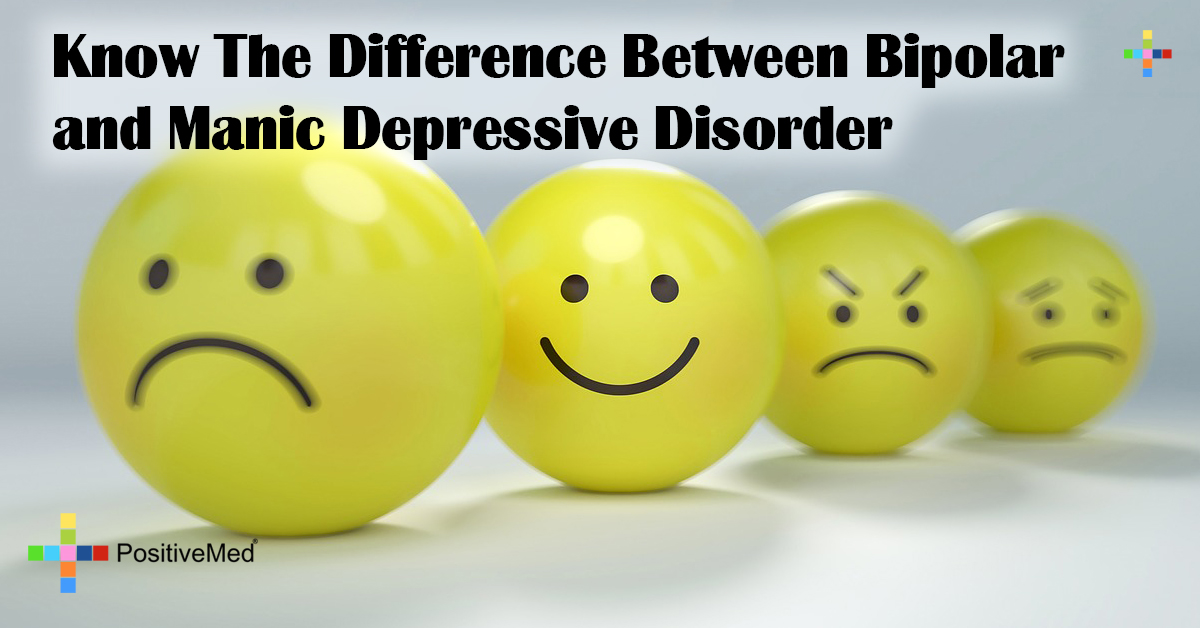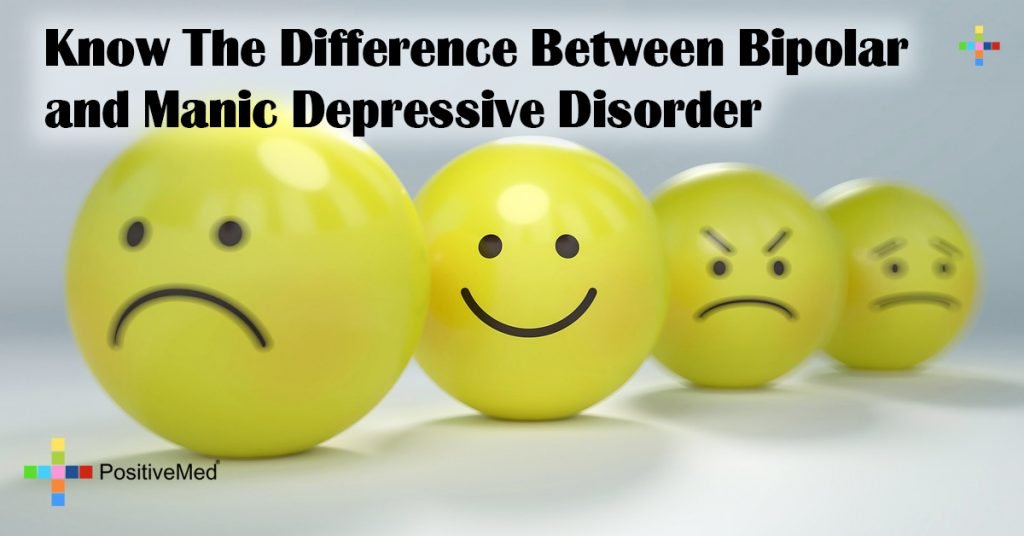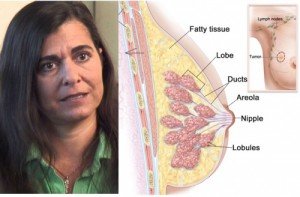
Bipolar disorder is a mental health condition characterized by abnormal high and other cases, low moods. There are numerous types of bipolar disorder, but the most common is bipolar I and bipolar II. The main difference between Bipolar I and Bipolar II is the severity of the manic episodes.
This article explores more about the differences between bipolar I and bipolar II. You will also learn about their causes, symptoms and the treatment options available.
Types of Bipolar Disorder
Bipolar disorder makes one experience either abnormal highs or lows in mood. During the ‘high’ also called a manic episode, a person feels intense excitement or energy. During the ‘low’ also known as a depressive episode, one experiences the symptoms of depression such as hopelessness and sadness.
There are four different types of bipolar disorder:
Bipolar I
Bipolar II
Cyclothymia
Other unspecified and specified bipolar disorder
Bipolar I and Bipolar II
Both bipolar I and bipolar II have similar patterns and symptoms. However, those people with bipolar II experience less severe manic episodes as compared with bipolar I. This type of mania is referred to as hypomania. To get a diagnosis of bipolar II, you must as well experience a major depressive episode, that does not apply in the diagnosis of bipolar I.
Bipolar I can be diagnosed based on the experience of the manic episode alone. A person with bipolar I get at least one manic episode that continues for about a week or longer. It may get severe to an extent of hospitalization.
People with bipolar II usually need hospitalization during the hypomanic periods. Sometimes, doctors misdiagnose bipolar II as depression since the symptoms of the hypomania may be very subtle.
In between the two episodes of depression and mania, those people who have either of this bipolar disorder can experience some periods of stable mood. In some cases, one may experience the symptoms of mania and depression at the same time. This is called bipolar with ‘mixed features.’
Symptoms
The most common symptoms of bipolar I and bipolar II are mania, hypomania, and depression.
Mania
During the manic episode one may experience:
Restlessness, irritability, and anger.
Intense happiness, excitement, or enthusiasm
Increased energy evidenced by overactive and over-talkative
Racing thoughts
Difficulty in sleeping
Behaviors of seeking pleasure such as sex, drugs, and alcohol
High self-esteem
Reckless behavior
During this period, it may interfere with your daily activities and the relationship you have with others.
Hypomania
In this state, you experience symptoms that are similar to those of mania, only that they are less severe.
This episode can interrupt with your quality of life. Your friends and family can notice that you are experiencing some mood changes.
Depression
A person with bipolar disorder can experience depressive symptoms which are the same as the ones experienced in the cases of clinical depression. The symptoms include:
Hopelessness
Sadness
Changes in sleeping patterns
Fatigue and low energy
Poor concentration
Changes in appetite
Low self-esteem
Suicidal behavior
Loss of interest in the formerly enjoyable activities
Pains and aches that have no physical cause
These symptoms are considered to be a depressive episode when they continue for more than 2 weeks.
Treatment
The treatment for both the bipolar I and bipolar II disorders usually comprises of medications, psychotherapy, and changes in lifestyle.
Since bipolar disorder is a lasting condition, its treatment will be long-lasting. There may be people whom their treatment includes therapist, psychologist, and psychiatric nurse practitioner.
Medications
A doctor will prescribe mood stabilizers, including lithium, for the bipolar disorder. You may also be prescribed antidepressants for depression and antipsychotic drugs for the manic episodes. Sometimes one may be prescribed both the antidepressant and antipsychotic drugs.
If you have sleep problems or anxiety, you may take the anti-anxiety medications such as benzodiazepines. It is advisable to continue taking the drugs even when in stable moods to avoid relapse.
Therapy can be done as a part of a group, one to one, or in a family setting. Here are the different types of therapy can help you:
•Cognitive behavioral therapy (CBT). Changes the negative thoughts to replace them with the positive ones.
•Interpersonal and social rhythm therapy (IPSRT). Focuses on how to establish a structured routine helping you cope with symptoms.
Family-focused therapy. Enhances communication with your family members to foster the family support.
Lifestyle changes
Changing your lifestyle can help you manage the symptoms and stabilize your moods. Such examples of the changes you can have are:
Eating a balanced diet
Avoiding alcohol and drugs
Exercising regularly
Attending a group of people with related disorders
Focusing on establishing a sleep routine
Reducing stress if you can
Practicing meditation and mindfulness
Learning more about your condition
Keeping a daily mood diary
Although bipolar I and bipolar II are lasting conditions, you can manage the symptoms with medications, therapy, and changes in your lifestyle. Maintain a regular contact with your doctor and seek support from family and friends to make it easier for you to cope with the symptoms.
Edited by: Jessa (Febb. 2, 2019)






